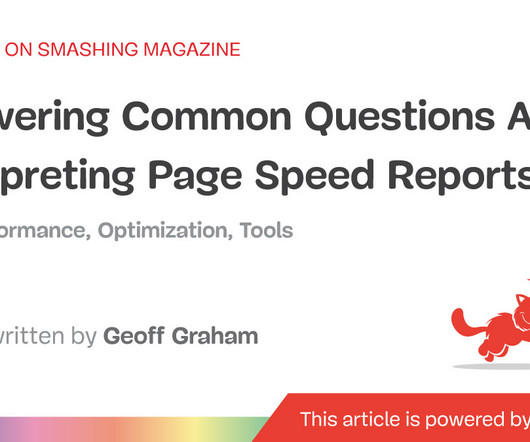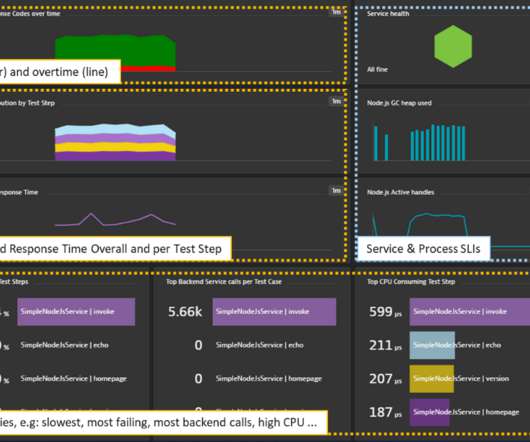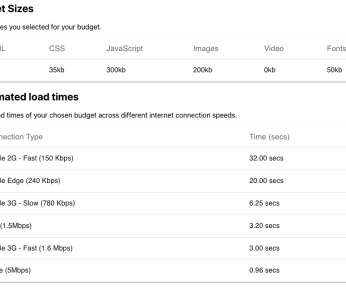The Future of Performance Testing
Alex Podelko
AUGUST 18, 2019
While there are still quite a lot of cases where it is still applicable, it needs to evolve into more sophisticated processes tightly integrated with development and other parts of performance engineering. That dictates changes needed in performance testing (and, eventually, performance testing tools).





















Let's personalize your content